
About This Quiz
Are you going to take a leisurely ride through this quiz or are you going to race on through?
While it may seem humble and unassuming, the bicycle is actually one of the most popular modes of transportation in the world. In fact, it has been reliably calculated that there are more bicycles than cars worldwide! On the surface, the average bicycle may seem simple at first glance. Nothing about a bicycle screams 'complexity' or 'intricacy' when you first lay eyes on it. However, when you really take a moment to focus on what truly makes s bicycle tick, you'll find that there are a lot of stationary and moving parts that make this humble technological marvel function effectively and reliably.
If we were to make a quiz with every single bicycle part, you would be here for a very long time. So, we've managed to narrow down the selection to a reasonable 40. From saddles to handlebars and shock absorbers to skirt guards, your knowledge of the original two-wheeled marvel will be out to the ultimate test. Get your helmet ready and let's see if you've got what it takes!
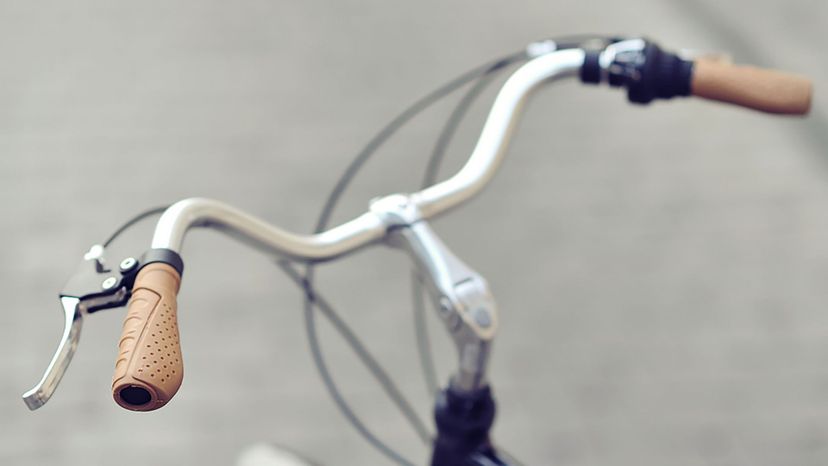
The handlebar is the part of the bicycle used for steering control. Handlebars come in a wide variety of shapes and styles, depending on the type of bicycle.
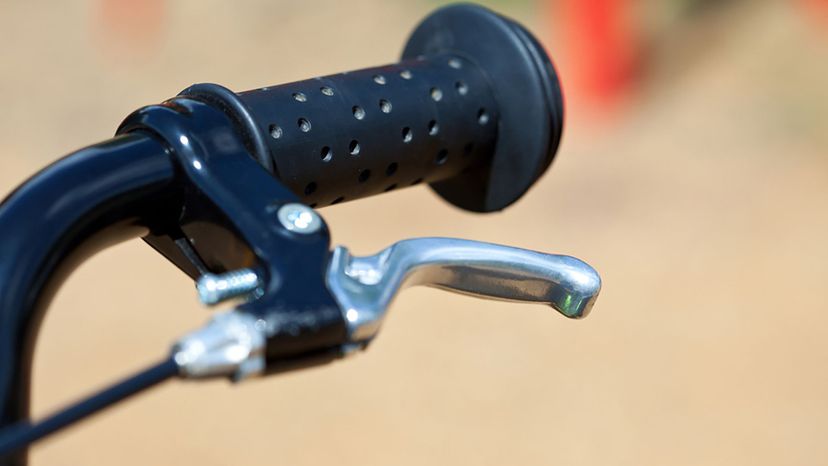
The brake lever is the part of the bicycle that – as the name suggests – is responsible for actuating the brakes. Brake levers are almost always positioned on or near the handlebars.
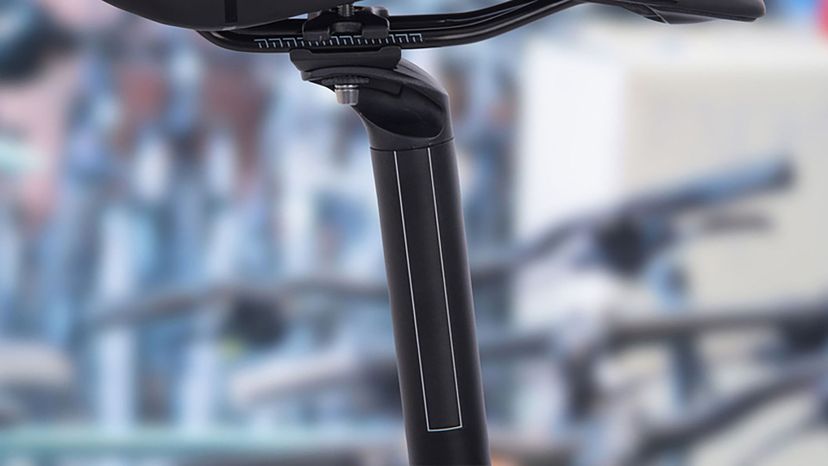
The seat post is the part of the bicycle on which the saddle (seat) is mounted. More often than not, it slides into the frame's seat tube and has the ability to be adjusted to varying heights.
Advertisement
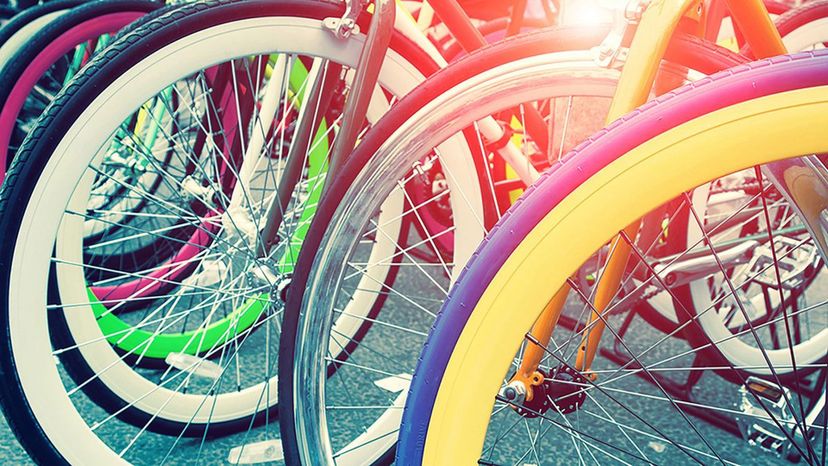
The wheel is the part of the bicycle that maintains contact with the ground and rotates to facilitate motion. Different types of bicycles have different type of wheels, depending on factors like terrain and usage.
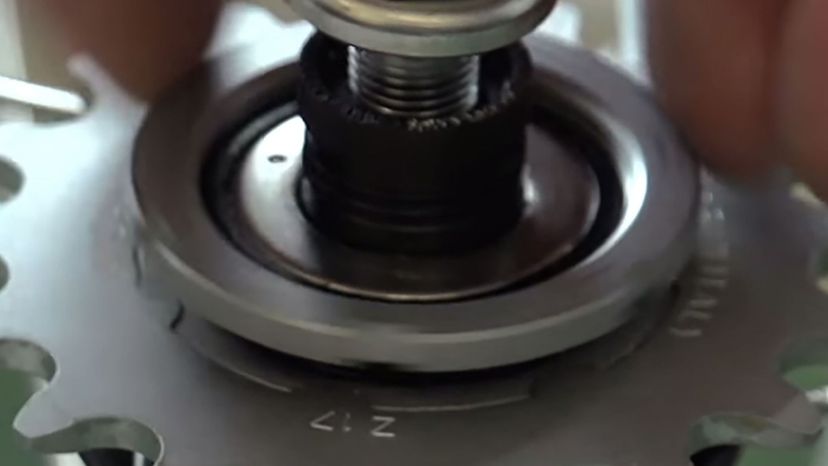
The lockring is the part of the bicycle that serves as a fastener to hold the components together. As a result, one bicycle will have several lockrings.
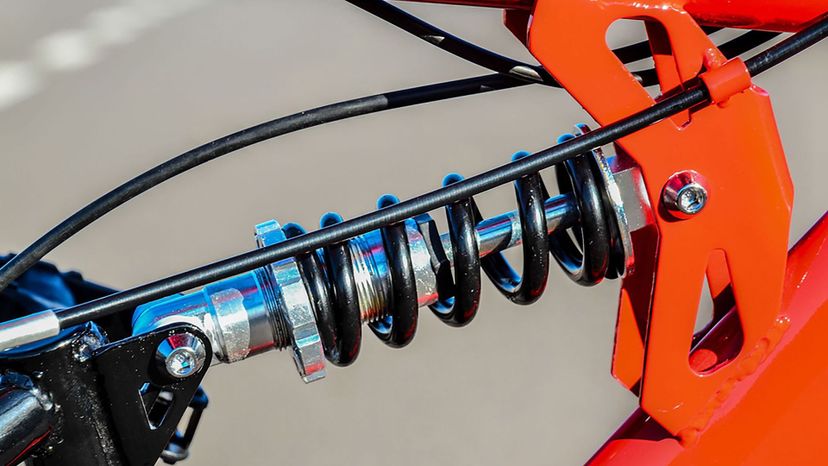
The shock absorber is the part of the bicycle that dampens or absorbs shock impulses. They are found on bicycles with suspensions.
Advertisement
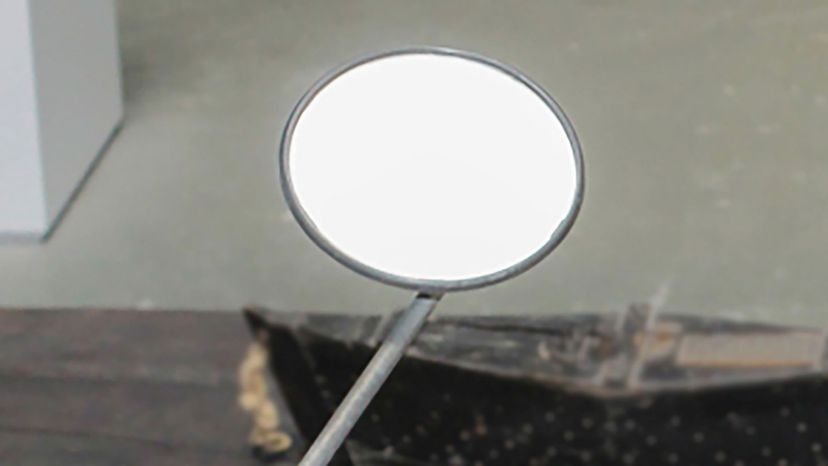
The side view mirror is the part of the bicycle that is used to look to the sides and behind without moving the head from the forward position. This is especially useful when driving in urban areas.
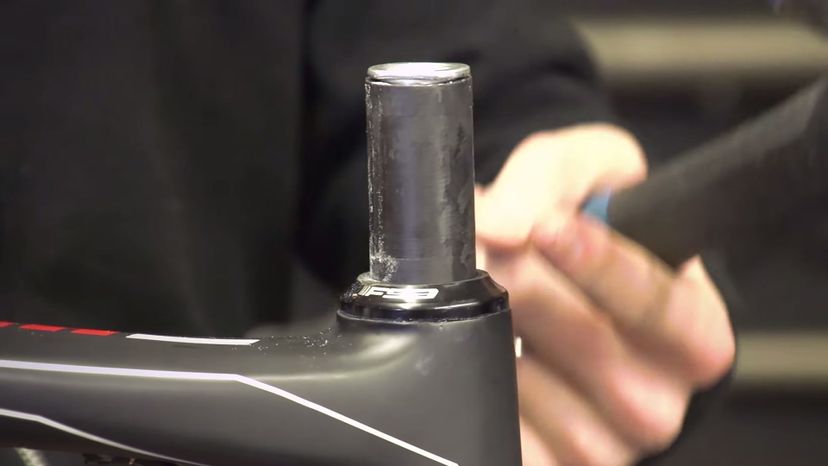
The steering tube is the part of the bicycle that is a part of its steering mechanism. It takes the form of a tube on top of a fork inserted through the frame.
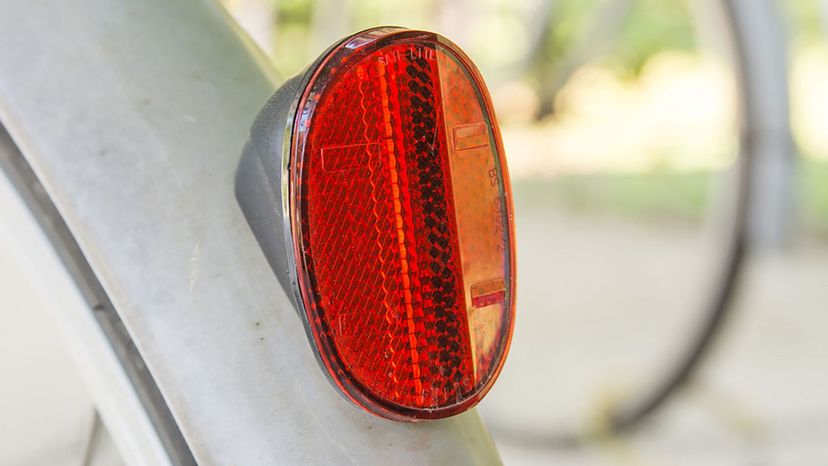
The reflector is the part of the bicycle that reflects light from external sources so the bicycle can be more easily seen. This is particularly useful at night.
Advertisement
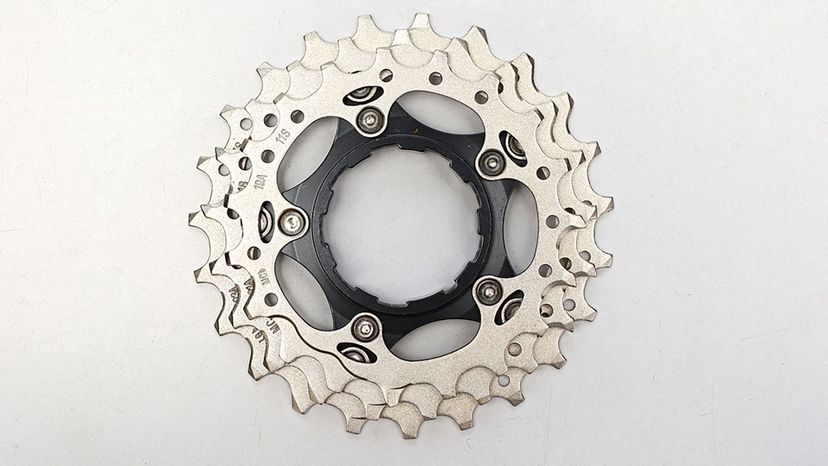
The freewheel is the part of the bicycle that allows it to coast without the pedals actually turning. It is made of either a single sprocket or a set of connected sprockets.
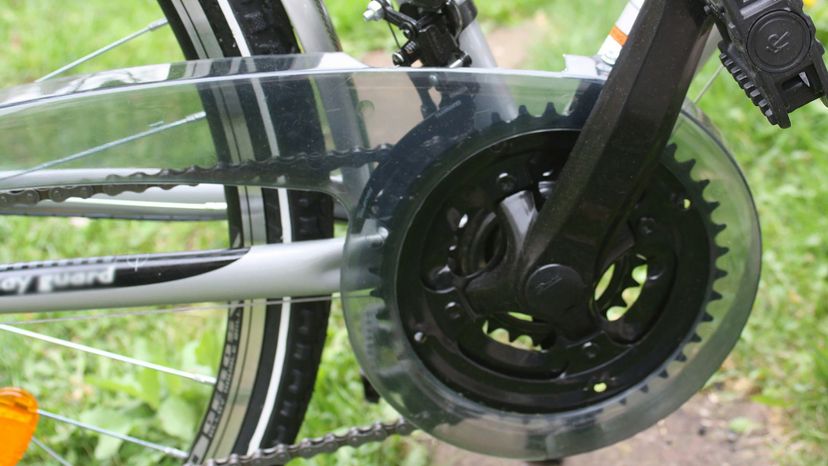
The chainguard is the part of the bicycle that covers the bicycle chain in an effort to protect the rider. It is also referred to as a chain case or a gear case.
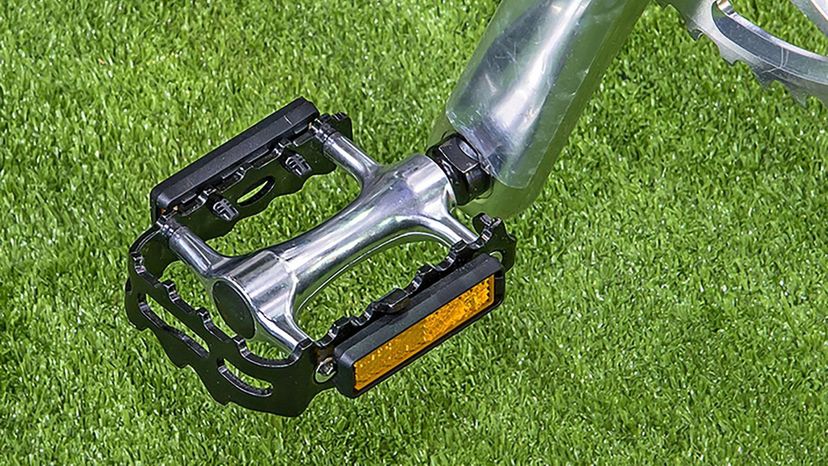
The pedal is the part of the bicycle where the force from the cyclist’s foot is initially transferred to the bicycle itself. These are several types, from basic flat pedals to clip-in ones that require special shoes.
Advertisement
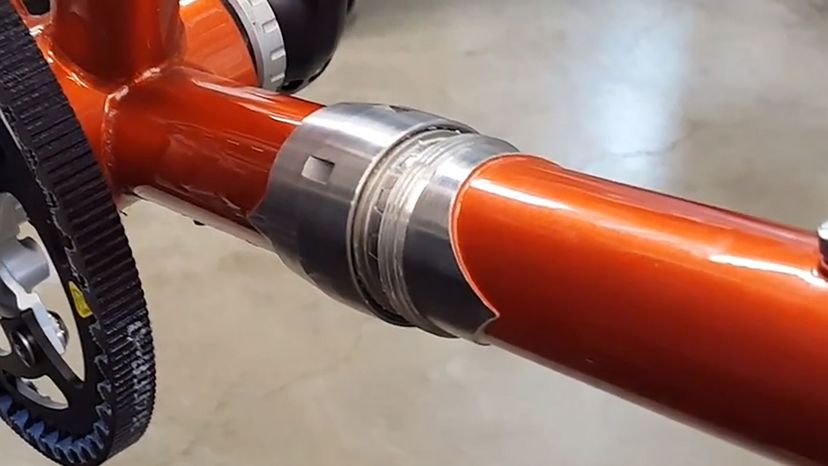
The coupler is the part of the bicycle that serves as a connector that attaches tubing together. When couplers are removed, the separated bicycle pieces are usually easier to transport.
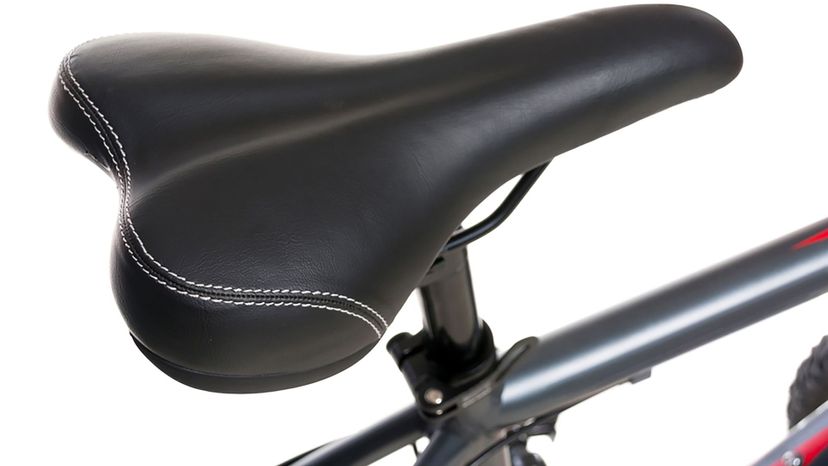
The saddle is the part of the bicycle where the cyclist sits when riding it. It is also sometimes simply referred to as the seat.
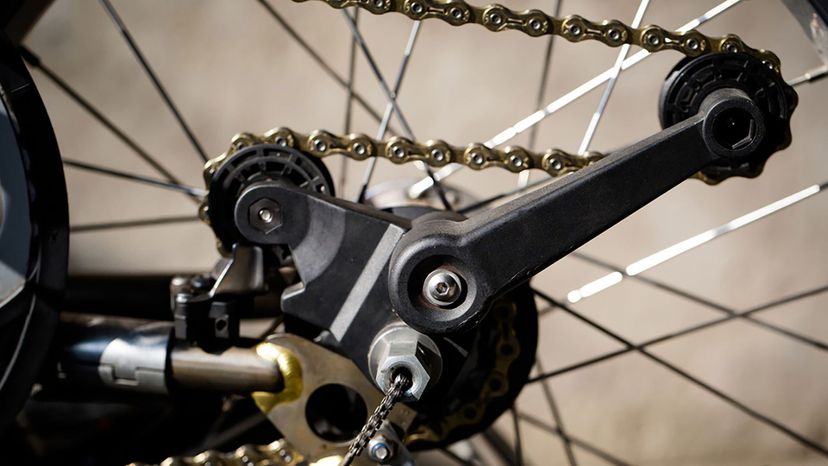
The chain tensioner is the part of the bicycle that – as the name suggests – is responsible for maintaining proper chain tension. They are particularly useful in single speed bicycles.
Advertisement
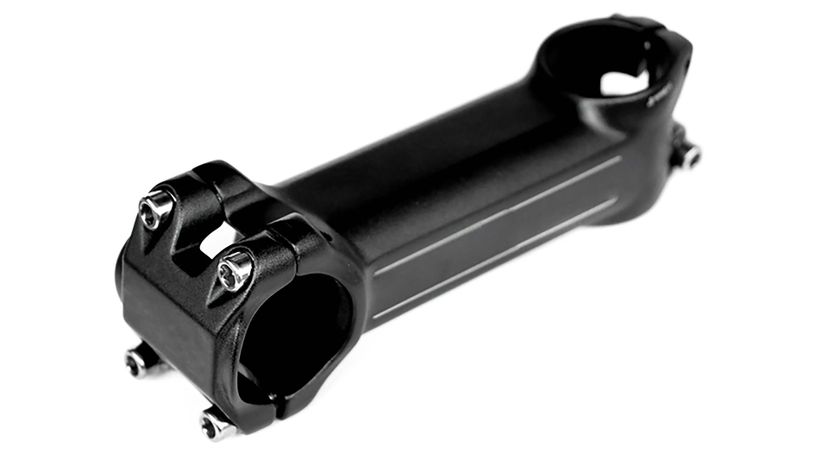
The stem is the part of the bicycle that serves as a direct bridge between the handlebars and steering tube. Pinch bolts are usually used to secure it in place.
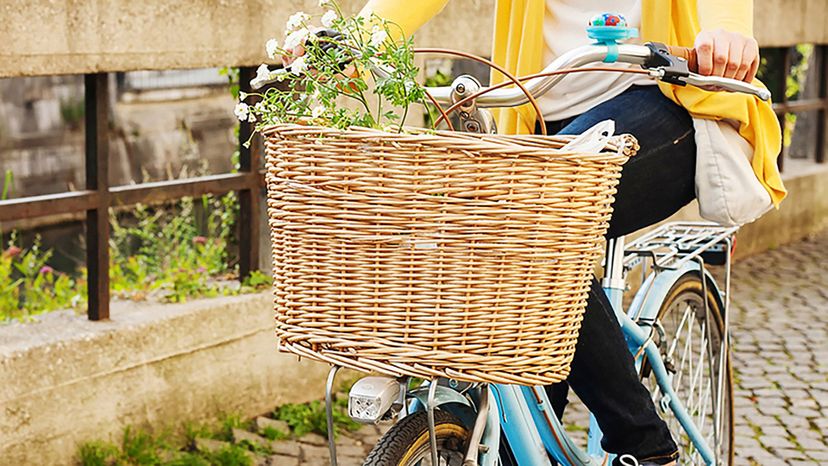
The basket is the part of the bicycle that acts as a carrying implement for objects. It is usually seen in use by children and persons who use bicycles for commercial purposes.
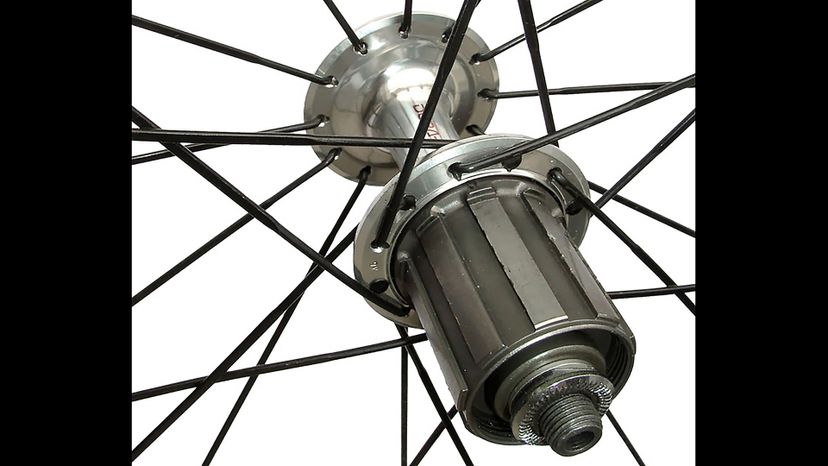
The freehub is the part of the bicycle that serves a similar role like a freewheel. However, the freehub allows the bicycle to coast without the pedals turning through the use of a ratcheting assembly onto which a cog or cassette is mounted.
Advertisement
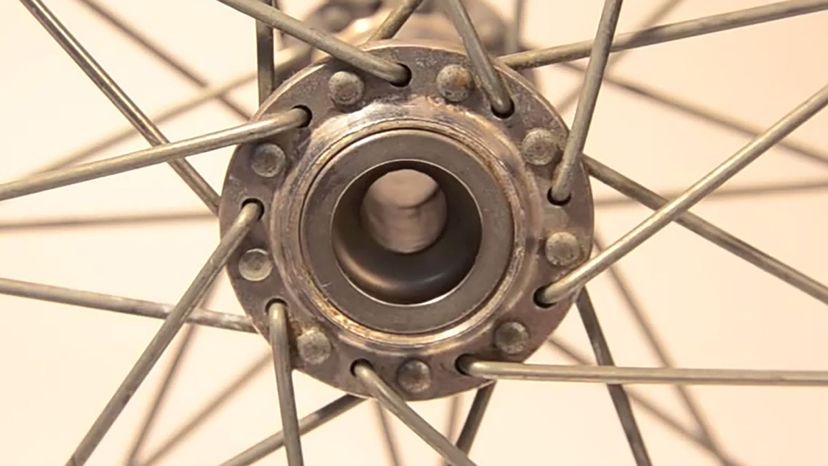
The cup is the part of the bicycle that receives ball bearings and allows them to roll along its inner surface. It is sometimes referred to as a race.
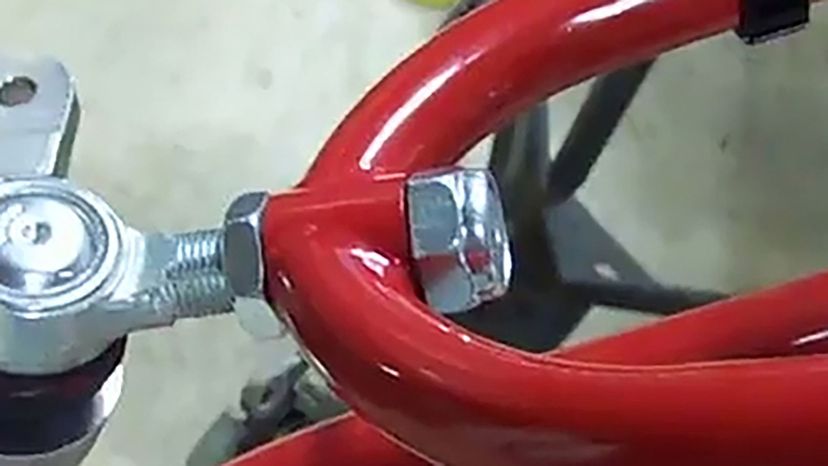
Locknuts are used for fastening purposes on several parts of the bicycle. As the name suggests, it is a nut that is designed to resist being loosened by vibrations.
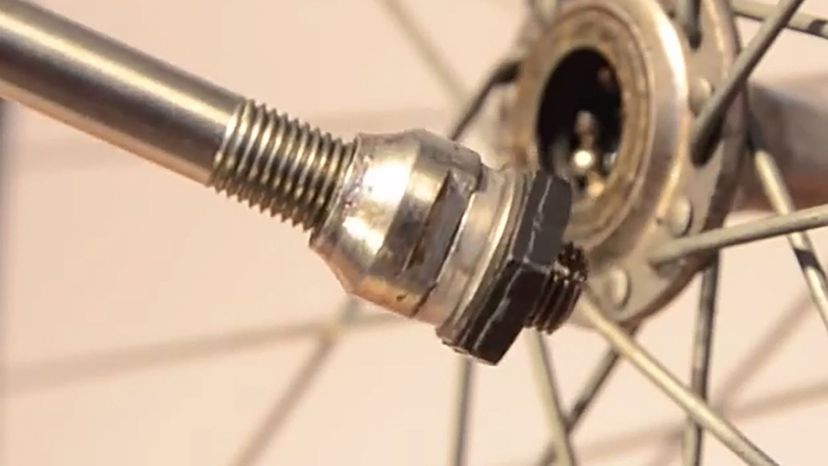
The cone is the part of the bicycle that helps to hold bearings in place in conjunction with the cup. The cone is actually pressed against the cup to achieve its purpose.
Advertisement
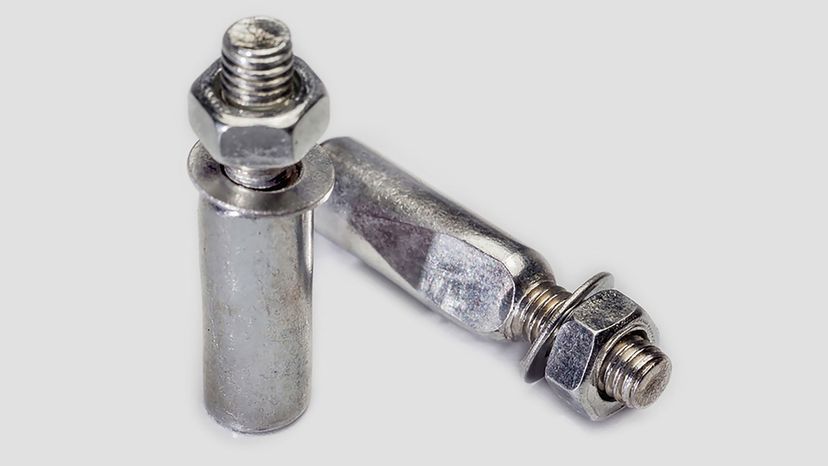
The cotter is the part of the bicycle that serves as a pin for attaching cottered cranks. The crank is the part that turns the force on the pedal into rotational motion.
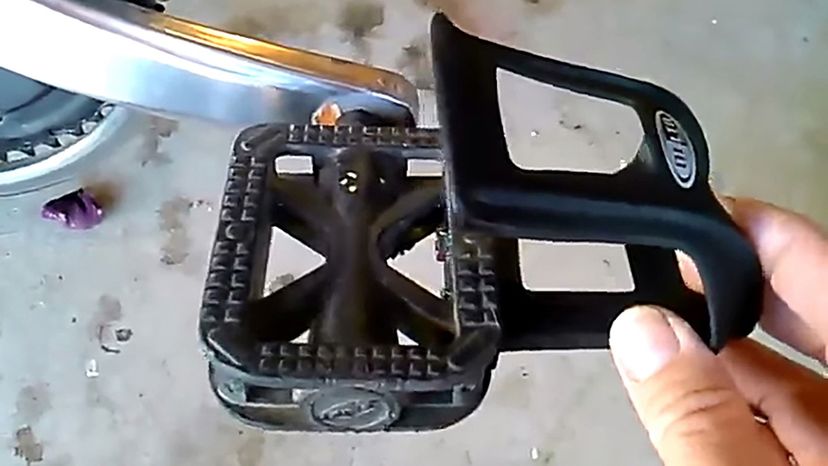
The toe clips are the plastic or metal casing attached to the actual pedal. These can be simply flat or have straps (or other implements) that are used to secure the foot to the pedal.
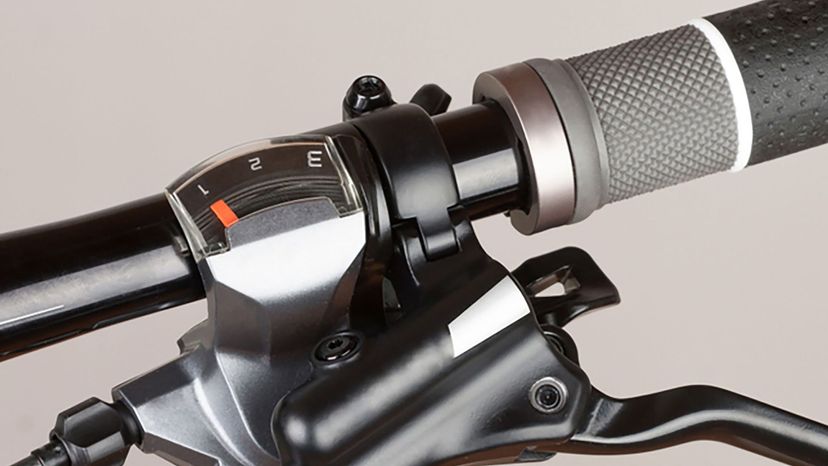
The shifter is the part of the bicycle that is used as a control for shifting gears. It is usually mounted in the handlebars or on the down tube.
Advertisement
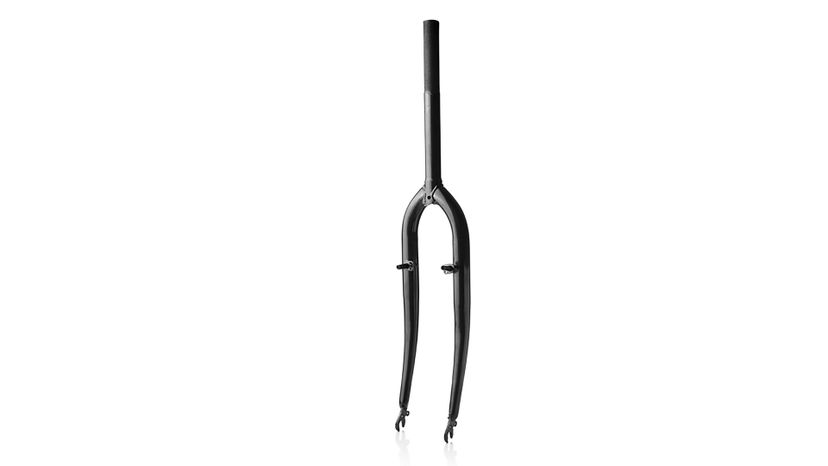
The fork is the part of the bicycle responsible for connecting a bicycle's frame to its front wheel and handlebars. It is an essential part for steering.
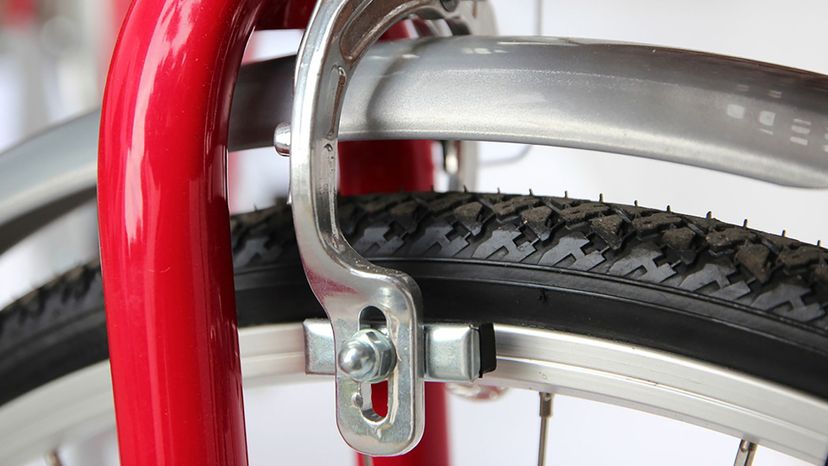
The brake is the part of the bicycle that serves the same purpose as brakes in other vehicles – it is used to slow down or stop. There are several types of brakes, like coaster brakes, band brakes, and rim brakes.
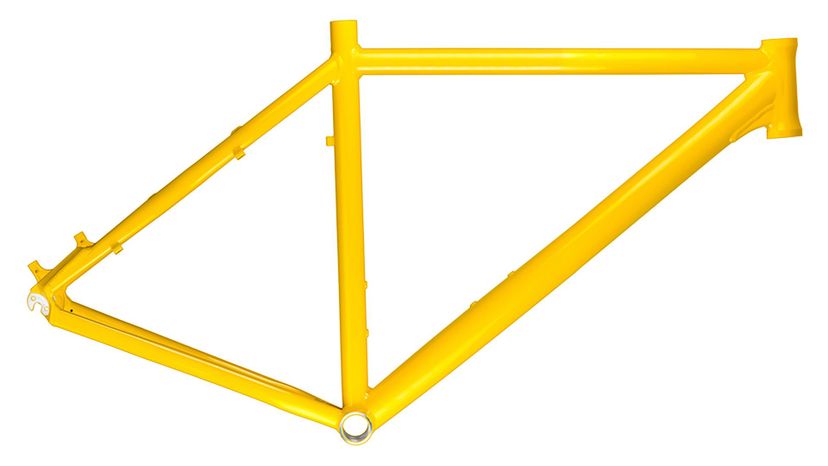
The frame is the part of the bicycle that forms its entire mechanical core. The frame is important because it acts like a skeleton where all of the other essential parts can be interconnected to properly function.
Advertisement

The gusset is the part of the bicycle that serves as a means of strengthening joints. Gussets usually take the form of plates and are often found on mountain bikes and BMX bikes.

The skirt guard is the part of the bicycle that serves to protect the rider’s long garments from the wheel and other moving parts. It is also sometimes referred to as a coatguard.
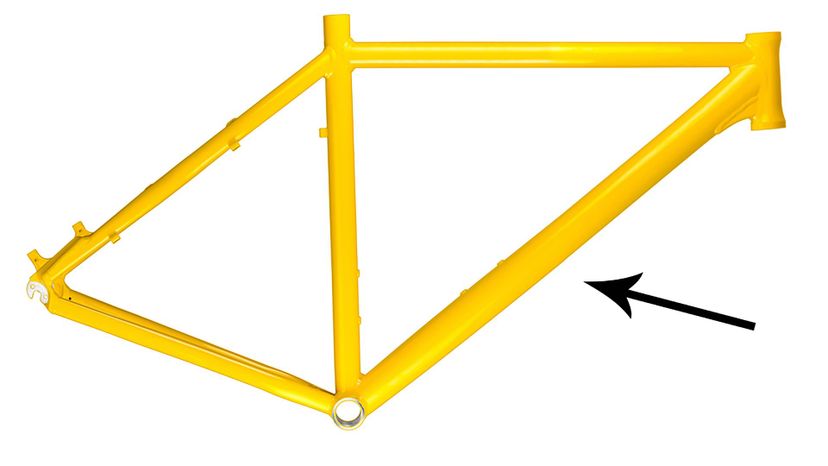
The down tube is the part of the bicycle that runs directly from the head tube to the bottom bracket. It forms a strong triangular core with the seat tube and the top tube.
Advertisement
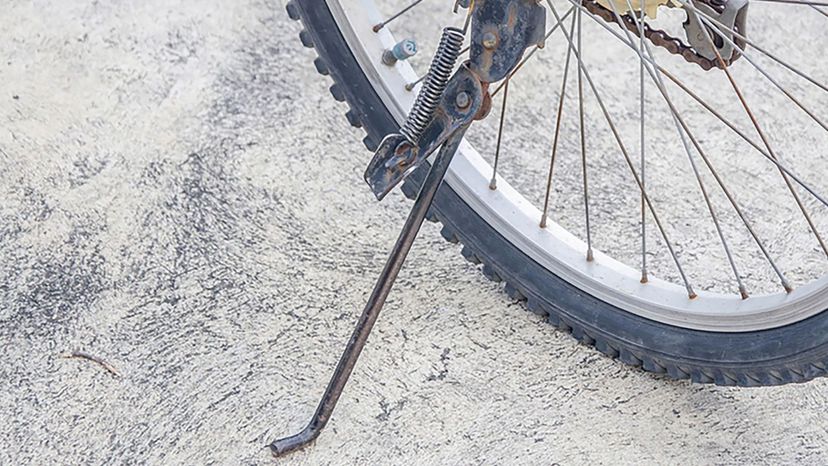
The kickstand is the part of the bicycle that is used to prop it up so that it can stand on its own. Kickstands are oftentimes foldable to allow ease of use.
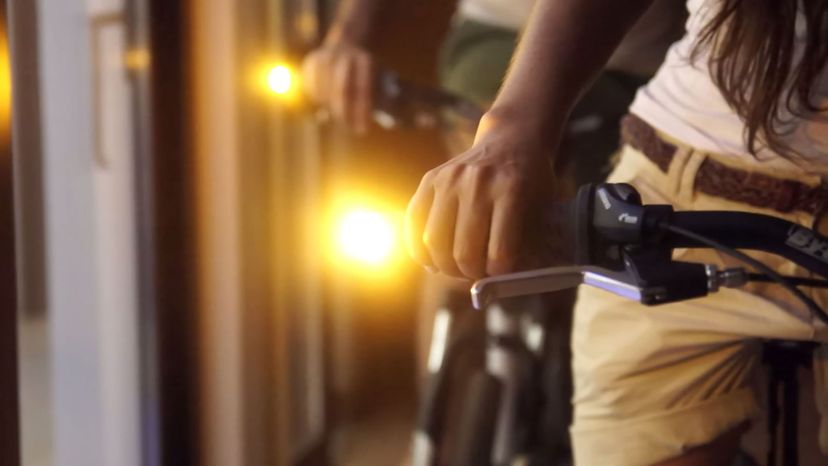
At its core, the indicator is basically a turn signal, usually attached to the handlebars or the head tube.
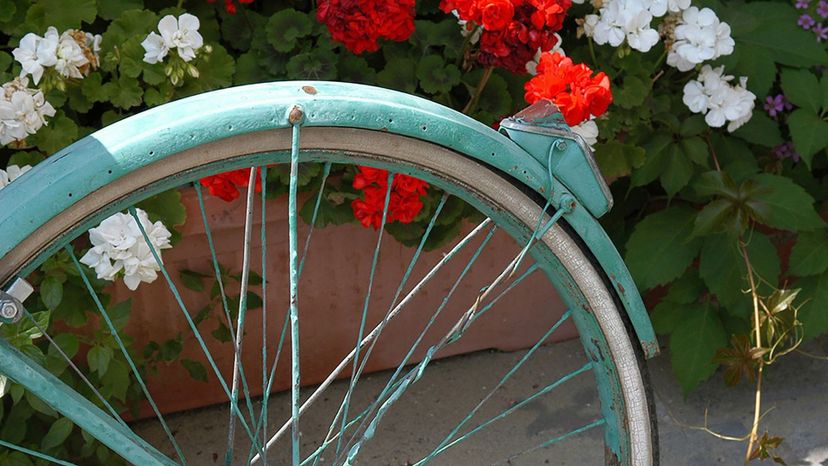
The fender is the part of the bicycle that acts as a means of redirecting dirt and mud that is thrown up by the wheels, allowing the rider to remain clean. They are also called mudguards and can be made from either plastic or metal.
Advertisement

The rotor is the part of the bicycle that is made up of the disc component of the disc brake. It is most commonly seen on mountain bicycles and hybrid bicycles.
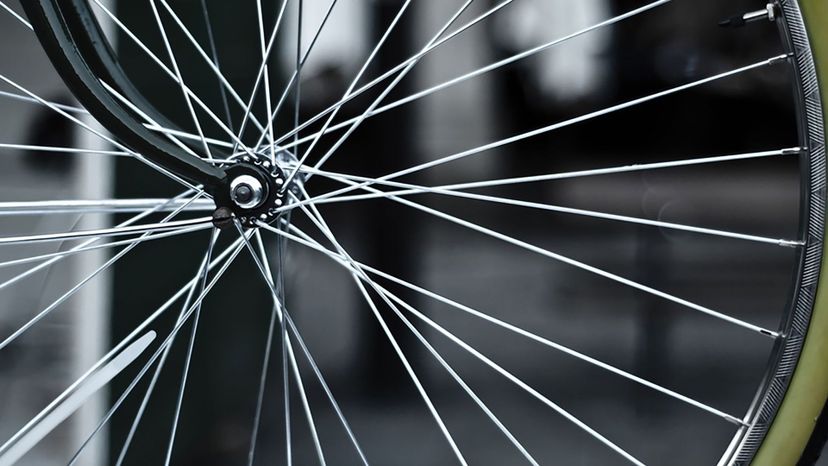
The spoke is the part of the bicycle that connects the wheel rim to the hub. Each bicycle has multiple spokes, with 36 being the usual number per wheel.

The bell is the part of the bicycle used to alert pedestrians, other cyclists, and drivers to the presence of a bicycle. It is usually attached on or near the handlebar.
Advertisement
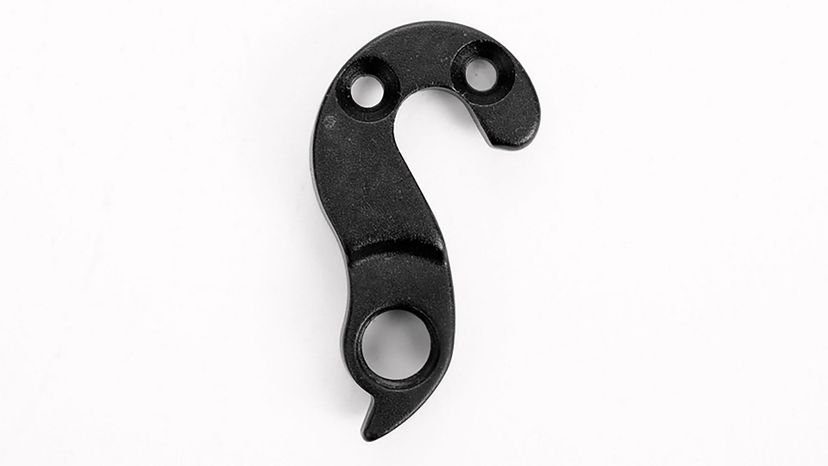
The derailleur hanger absorbs the impact if you take a hit during a ride, helping minimize damage to the frame.
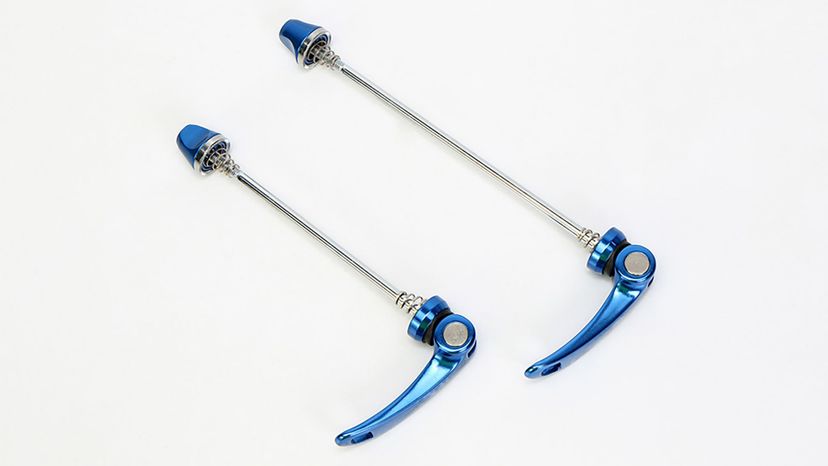
The quick release is the part of the bicycle used for releasing wheels and seat posts. It consists of a skewer with a lever on one end that loosens when the lever is flipped.
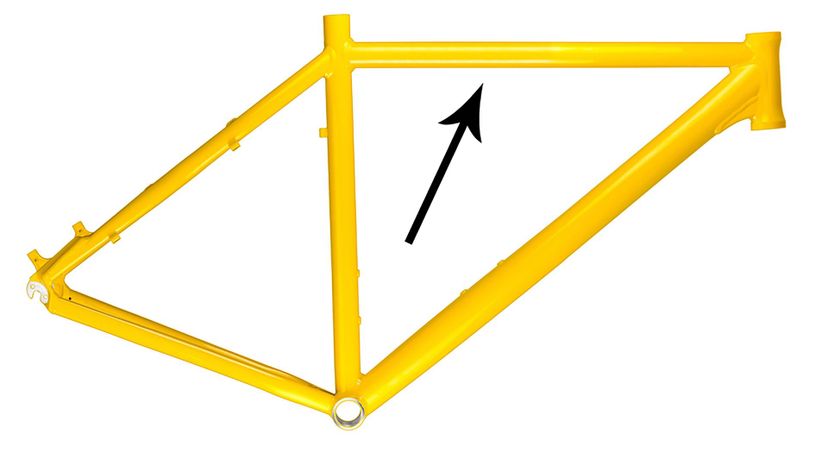
The top tube is the part of the bicycle that leads from the steerer tube to the seat tube. It forms a strong triangular core with the down tube and seat tube.
Advertisement
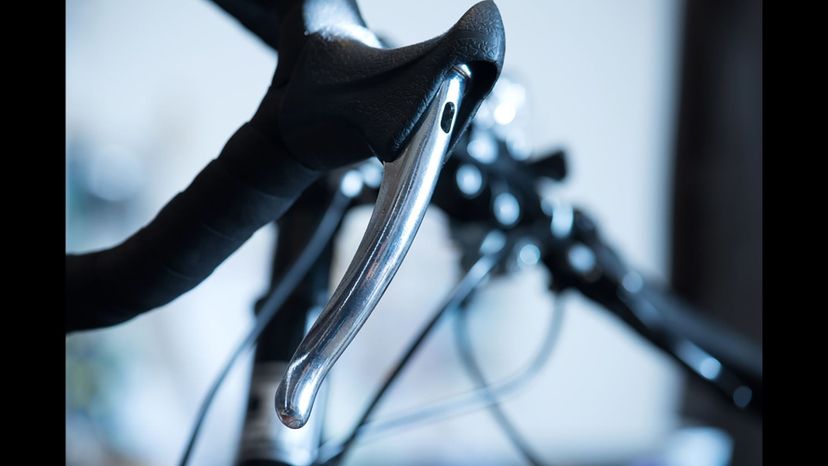
The brake levers are the part of the bicycle that serve to apply brakes so that the bicycle stops or slows down. They are also referred to as extension levers or brake levers.